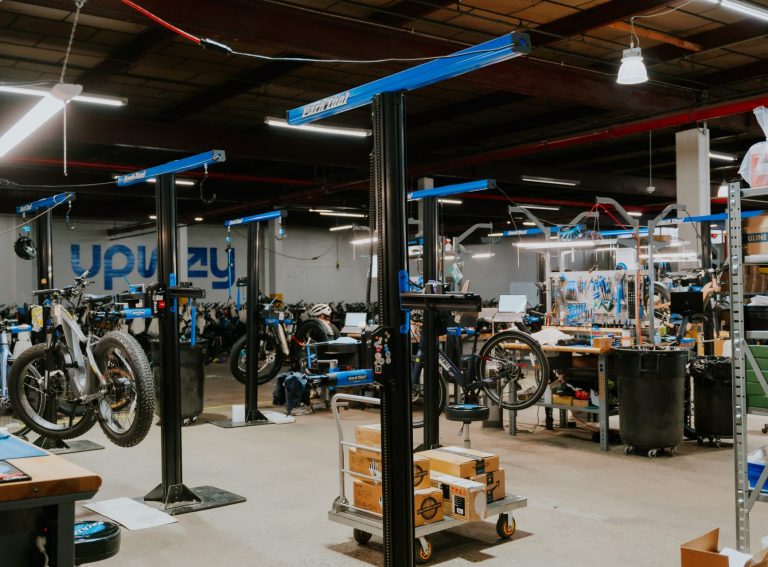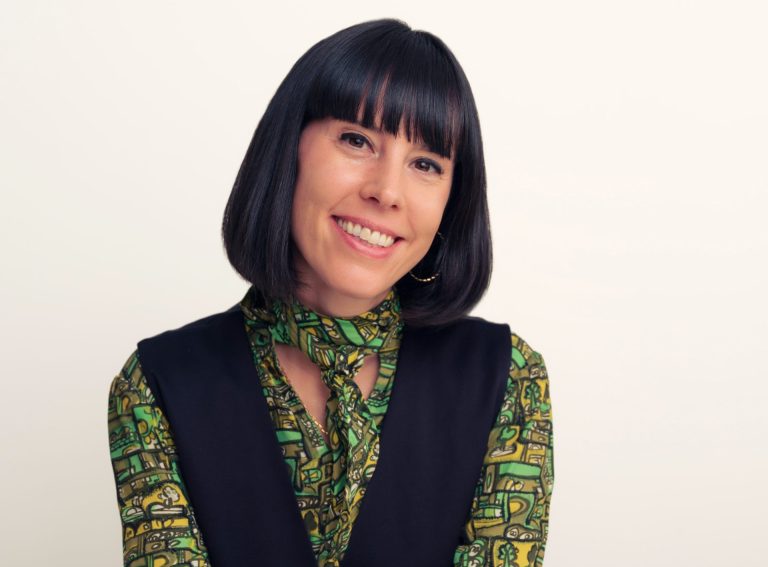London-based Delivery Mates has just hit a significant milestone – one million parcels successfully delivered using e-cargo bikes in 2024.
The goal is to end the year on 50% more green deliveries than 2023 – or over three million parcels.
Delivery Mate’s Chief Operating Officer explains how the last-mile company is making that happen while remaining commercially viable and cost-competitive.
Zag: How has e-commerce behaviour and demand changed?
KS: “The 15-minute city is dead. Do we really need groceries delivered in 15 minutes? Only if we were ordering takeaway food perhaps but for all other things we don’t really. And I think consumers have got used to that.
“If somebody wants something for the evening then we can deliver in a two or four-hour window, but not necessarily 15 minutes. I think most customers realistically expect to get products delivered sustainably in the next 24 hours and are happy with that.”
Zag: Does speed clash with sustainability?
KS: “The obvious answer is yes, it must do. Generally the quicker you want something, the further it will have to travel. The travel distances become greater because wherever the inventory is, if there’s only two or three stores in London for example, you might need to travel eight miles just to deliver that one product. When you move away from 15-minute cities and towards a slightly longer window, as you get more density of equipment onto the roads you’re able to inject the vehicles already out delivering. You can detect where your closest rider is and they can pick up another parcel and take it on route to their customer. When that happens, I don’t think it’s a clash.
“But on the macro supply chain, speed is bound to clash with sustainability until we get more light electric vehicles out on the roads. It’s like micromobility – there are now more bikes and scooters available and so you can move around easily and stop whenever you want to. But it wasn’t easy before when you couldn’t find a scooter. The same will be for delivery vehicles – as we deliver parcels hyper-locally we’re able to pick up and deliver without significant increase in mileage.”
Zag: How does Delivery Mates deliver hyper-locally?
KS: “99% of everything we do today is on cargo bikes and we either make deliveries directly from customer depots or we bring the product into our own microhubs. From that microhub, we will either receive the product pre-sorted to routes and then deliver it, or we will combine the product into our own routing and deliver from the microhub. You’re travelling less and delivering more – that’s what makes the economics work. We have four fully operational microhubs in London and two dedicated customer sites – our aspiration is to get to 12 to cover London effectively.”
Zag: What’s the difference between a dedicated customer microhub and other microhubs?
KS: “Some customers, particularly courier networks, want us to dedicate a site only for them. This is a dedicated customer microhub. The other microhubs have multi-customer activity across the site. We see microhubs as being an open network so that we can bring product in from either a courier or through retailers who want to get product delivered in cities sustainability, and we think the full benefit comes from being multi-customer because you can do a bigger delivery window. Different sectors have different demands. The food sector becomes big around lunchtime for example, but parcel deliveries can be for the next day. With multi-customer microhubs it doesn’t matter if it’s the morning or the afternoon, or if you didn’t do any deliveries over lunchtime, because the microhub is functioning 24 hours a day. It therefore becomes more efficient, and we can drive the price down because there’s less downtime.”
Zag: Which type of microhub is more common?
KS: “Today, I think it’s dedicated customer hubs that are more common because large courier companies often want to add their products within an enclosed network on their IT systems. But I think it will move away from this because as more sectors like food and e-commerce retailers align their products to environmental standards such as B-Corp, they know that companies like Delivery Mates can deliver into cities for them effectively with any courier that they put it out on.
“Also, large couriers have a network that relies entirely on their own tech and that’s why there’s a place for dedicated customer microhubs. What makes Delivery Mates different is we have our own tech platform which mirrors what a courier platform does and that’s how we can move away from dedicated customer microhubs.”
Zag: How does the tech work?
KS: “It’s an end-to-end order management platform which can API with customers directly and give both the sender and receiver updates on what’s happening with the parcel. Customers want visibility of their orders and that’s where we stand out. Our platform shows when the order is at its local depot and when the vehicle is moving – it’s like the mobility apps and Ubers of the world. It offers all the tech that couriers have spent years developing but it also blends into the mobility side because it can aggregate many customers into a single route. The operational team knows exactly where their people are, and the algorithms calculate which rider is best placed to execute on-demand jobs. Knowing who is around is super important to inject an urgent order in a route that’s already on the runway. There are always two customers to a shipment: the shipper and the receiver. Both of those want to know what’s happening with their product and that’s where we’ve developed the tech over our three years of operations.”
Zag: What’s been the biggest lesson learnt over the last three years?
KS: “The biggest lesson for me is none of this can take place unless you can be cost-competitive. There’s a lot of evangelism around sustainability with people saying they want to do it but don’t make a real difference. Having listened to customers and industry experts over the last year, there was one absolute message: sustainability? Yes please, but at no extra cost! Our focus is on localised microhubs which are also commercially viable, and it means we can price match to the point in the marketplace for the last mile. We can be as competitive as anybody else and carry out operations at no increasing cost to the customer. Too many people in the market have spread themselves out really quickly and tried to go after volume at any price, but they couldn’t sustain that. Sustainability is about being here for tomorrow as well.”





